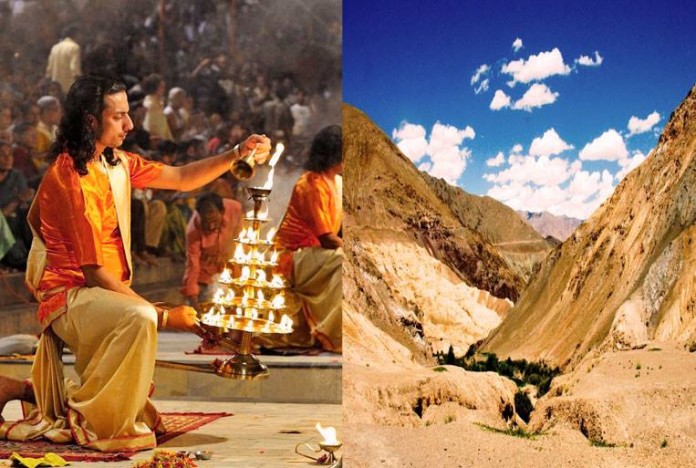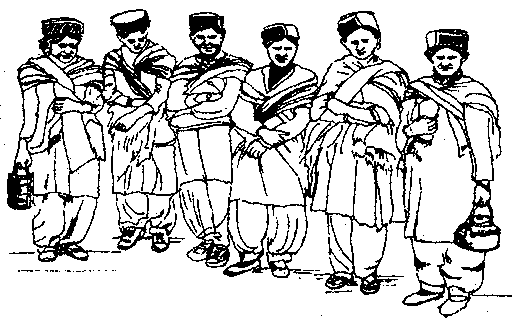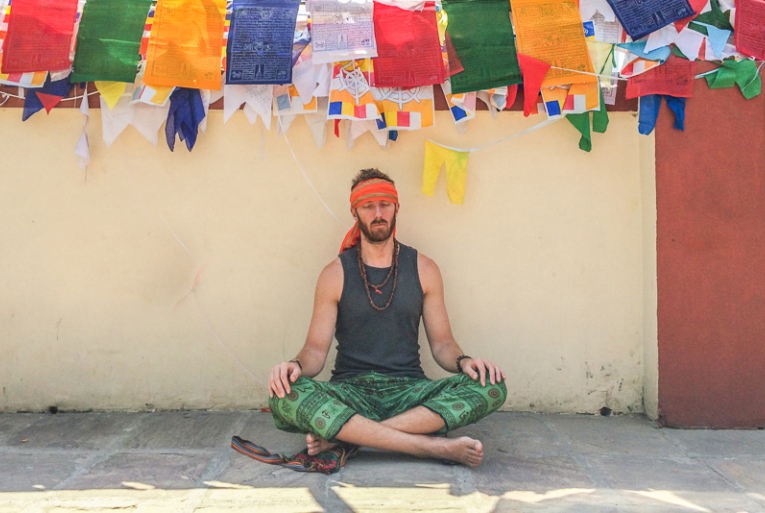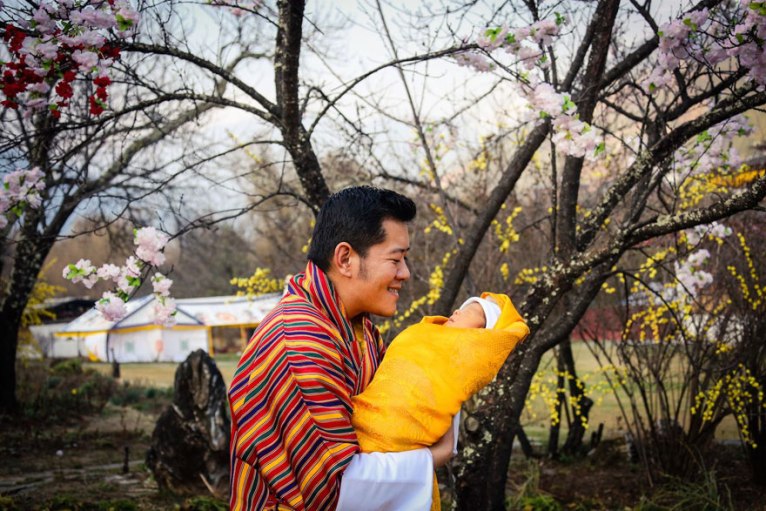India is an traveler’s dream come true. Our immense nation has everything – from lush forests to deserts, from grand mountains to tranquil beaches, from natural wonders to man-made marvels. Here is the list of 10 must have travel experiences in India every wanderlust must indulge in. .
1. Goa
Goa is a state located on the western coast of India, known for its scenic beauty, vibrant culture, and rich history. It is the smallest state in India by area, but one of the most popular tourist destinations in the country. Here are some key facts about Goa:
- Culture: Goa has a unique blend of Indian and Portuguese cultures, reflected in its art, music, and cuisine. The state is also home to several festivals, including Carnival and the Feast of St. Francis Xavier.
- Tourism: Goa is a popular tourist destination, known for its beaches, nightlife, and water sports. Some of the most famous beaches in Goa include Baga, Calangute, and Anjuna.
- Language: Konkani is the official language of Goa, but English and Hindi are also widely spoken.
2. Andaman & Nicobar
Andaman and Nicobar Islands is a group of islands located in the Bay of Bengal, at the southeastern edge of India. Here are some key facts about Andaman and Nicobar:
- Culture: The islands are home to several indigenous tribes, including the Jarawa and the Sentinelese, who have lived in isolation for thousands of years. The islands also have a rich cultural heritage, with influences from India, Southeast Asia, and Europe.
- Tourism: Andaman and Nicobar Islands are a popular tourist destination, known for their pristine beaches, coral reefs, and exotic wildlife. Some of the most popular tourist attractions include the Radhanagar Beach, the Cellular Jail, and the Ross Island.
- Language: The official language of the islands is Hindi, but English and Bengali are also widely spoken.
3. Rajasthan
Rajasthan is a state located in the northwestern part of India. It is the largest state in the country by area and is known for its rich history, vibrant culture, and beautiful landscapes. Here are some key facts about Rajasthan:
- Culture: Rajasthan has a rich cultural heritage, with a unique blend of Rajput, Mughal, and Maratha influences. The state is known for its vibrant music and dance, colorful festivals, and delicious cuisine.
- Tourism: Rajasthan is a popular tourist destination, known for its beautiful palaces, forts, and temples. Some of the most famous tourist attractions include the Amer Fort, the City Palace, and the Hawa Mahal.
- Language: Rajasthani is the official language of Rajasthan, but Hindi and English are also widely spoken.
4. Ladakh
Ladakh is a region located in the northernmost part of India, bordered by Pakistan to the west, China to the north and east, and the Indian state of Himachal Pradesh to the south. Here are some key facts about Ladakh:
- Culture: Ladakh is known for its unique culture, which is a blend of Tibetan and Indian influences. The region is home to several Buddhist monasteries, including the famous Hemis Monastery and Thiksey Monastery. The people of Ladakh are known for their warm hospitality and rich cultural traditions.
- Tourism: Ladakh is a popular tourist destination, known for its stunning landscapes and rich cultural heritage. Some of the most popular tourist attractions include the Nubra Valley, the Leh Palace, and the Magnetic Hill.
- Language: The official language of Ladakh is Ladakhi, which is closely related to Tibetan. Hindi and English are also widely spoken.
5. Kashmir
Kashmir is a region located in the northernmost part of India and is known for its stunning natural beauty, rich cultural heritage, and political complexities. Here are some key facts about Kashmir:
- Culture: Kashmir is known for its rich cultural heritage, with a unique blend of Hindu, Muslim, and Sikh influences. The region is home to several historic sites, including the Mughal Gardens and the Shankaracharya Temple.
- Tourism: Kashmir is a popular tourist destination, known for its stunning landscapes and rich cultural heritage. Some of the most popular tourist attractions include the Dal Lake, the Gulmarg Ski Resort, and the Amarnath Cave.
- Language: The official languages of Kashmir are Kashmiri, Urdu, and Dogri. Hindi and English are also widely spoken.
6. Kerala
Kerala is a state located in the southwestern region of India, known for its beautiful landscapes, unique culture, and diverse cuisine. Here are some key facts about Kerala:
- Culture: Kerala has a unique culture, with a blend of Hindu, Muslim, and Christian influences. The region is known for its classical dance forms, including Kathakali and Mohiniyattam, and its colorful festivals, including Onam and Vishu.
- Tourism: Kerala is a popular tourist destination, known for its stunning landscapes and rich cultural heritage. Some of the most popular tourist attractions include the backwaters of Alleppey and Kumarakom, the hill station of Munnar, and the beaches of Kovalam and Varkala.
- Language: The official language of Kerala is Malayalam. English and Hindi are also widely spoken.
7. Ranthambore National Park
Ranthambore National Park is a wildlife sanctuary and national park located in the Sawai Madhopur district of Rajasthan, India. The park covers an area of 392 square kilometers and is known for its diverse wildlife, particularly the Royal Bengal Tigers. Here are some key facts about Ranthambore National Park:
- Landscape: The landscape of Ranthambore National Park is a unique blend of dry deciduous forests, grasslands, and rocky hills. The park is home to several lakes and water bodies, which serve as a crucial source of water for the wildlife.
- Tourism: Ranthambore National Park is a popular tourist destination, known for its wildlife safaris and birdwatching tours. The park is open to visitors from October to June, and safari vehicles are available for hire to explore the park.
- Conservation: Ranthambore National Park is a crucial conservation area for the Royal Bengal Tiger, which is an endangered species. The park is also home to several other endangered species, including the Indian leopard and the sloth bear. The park is managed by the Rajasthan Forest Department and several NGOs working towards wildlife conservation.
8. Varanasi
Varanasi, also known as Kashi, is a city located on the banks of the River Ganges in the northern Indian state of Uttar Pradesh. It is considered one of the oldest continuously inhabited cities in the world, with a history dating back over 3,000 years. Here are some key facts about Varanasi:
- Religious Significance: Varanasi is considered one of the holiest cities in Hinduism, Jainism, and Buddhism. It is believed that a dip in the Ganges River in Varanasi can wash away sins and help attain Moksha, the ultimate liberation from the cycle of birth and death.
- Temples: Varanasi is home to several ancient temples, including the Kashi Vishwanath Temple, dedicated to Lord Shiva, and the Sankat Mochan Hanuman Temple, dedicated to Lord Hanuman. These temples are popular pilgrimage sites for Hindus from all over the world.
- Culture: Varanasi has a rich cultural heritage, with a blend of Hindu, Muslim, and Buddhist influences. The city is known for its classical music, dance, and handicrafts. The Banaras Hindu University, located in Varanasi, is one of the largest and oldest universities in India.
9. Delhi
Delhi, officially known as the National Capital Territory of Delhi, is the capital city of India. It is a historic and cultural hub that showcases a blend of ancient and modern architecture, art, and culture. Here are some key facts about Delhi:
- Monuments: Delhi is home to several historic monuments and landmarks, including the Red Fort, Qutub Minar, India Gate, Humayun’s Tomb, and Jama Masjid. These monuments are an excellent example of the city’s rich heritage and culture.
- Culture: Delhi is a melting pot of different cultures and religions. It is known for its diverse food, music, and festivals, with a mix of Hindu, Muslim, and Sikh influences. The city also has several museums and art galleries, showcasing the art and culture of India.
- Tourism: Delhi is a popular tourist destination, known for its historic monuments, rich culture, and diverse cuisine. The city offers several attractions, including street markets, temples, museums, and parks.
10. Valley Of Flowers
The Valley of Flowers is a national park located in the Chamoli district of Uttarakhand state in India. It is a part of the Nanda Devi Biosphere Reserve, which is a UNESCO World Heritage Site. Here are some key facts about the Valley of Flowers:
- Location: The Valley of Flowers is located at an altitude of 3,500 meters above sea level in the Western Himalayas. It is surrounded by majestic peaks, including Nanda Devi, Trishul, and Kamet.
- Trekking: The Valley of Flowers is a popular trekking destination, attracting adventure enthusiasts from all over the world. The trek starts from the village of Govindghat and passes through the scenic villages of Ghangaria and Hemkund Sahib. The trek offers stunning views of the Himalayas, glaciers, and waterfalls.
- Best time to visit: The best time to visit the Valley of Flowers is between July and September when the park is in full bloom. The park is open from June to October, but the monsoon season can make the trek challenging.
Also Read More: Flying First Class: 6 Luxury Travel Expenses Worth Splurging On


















